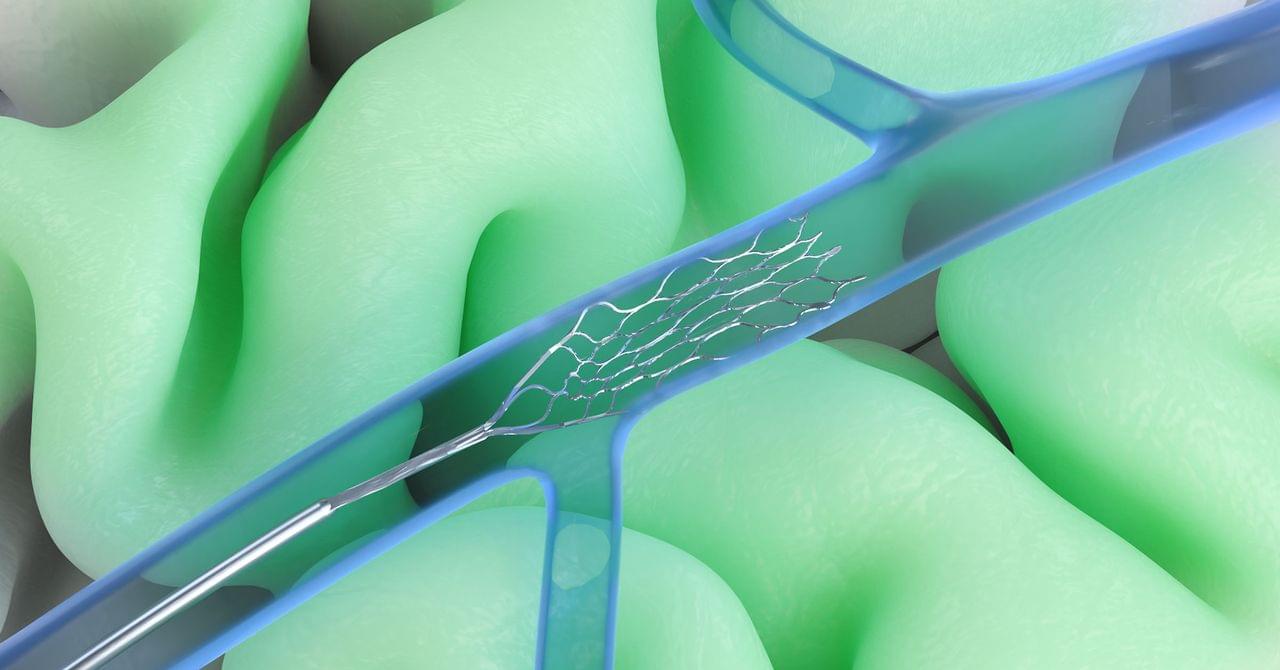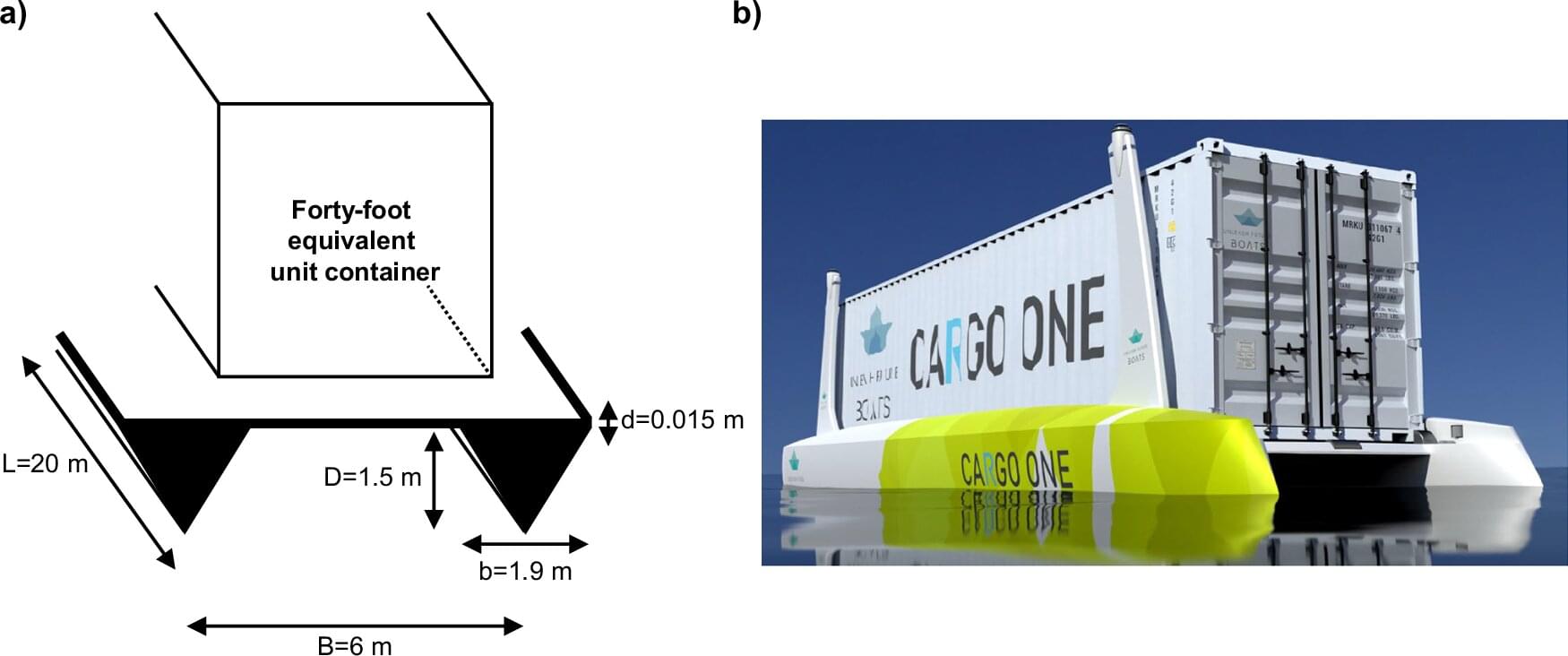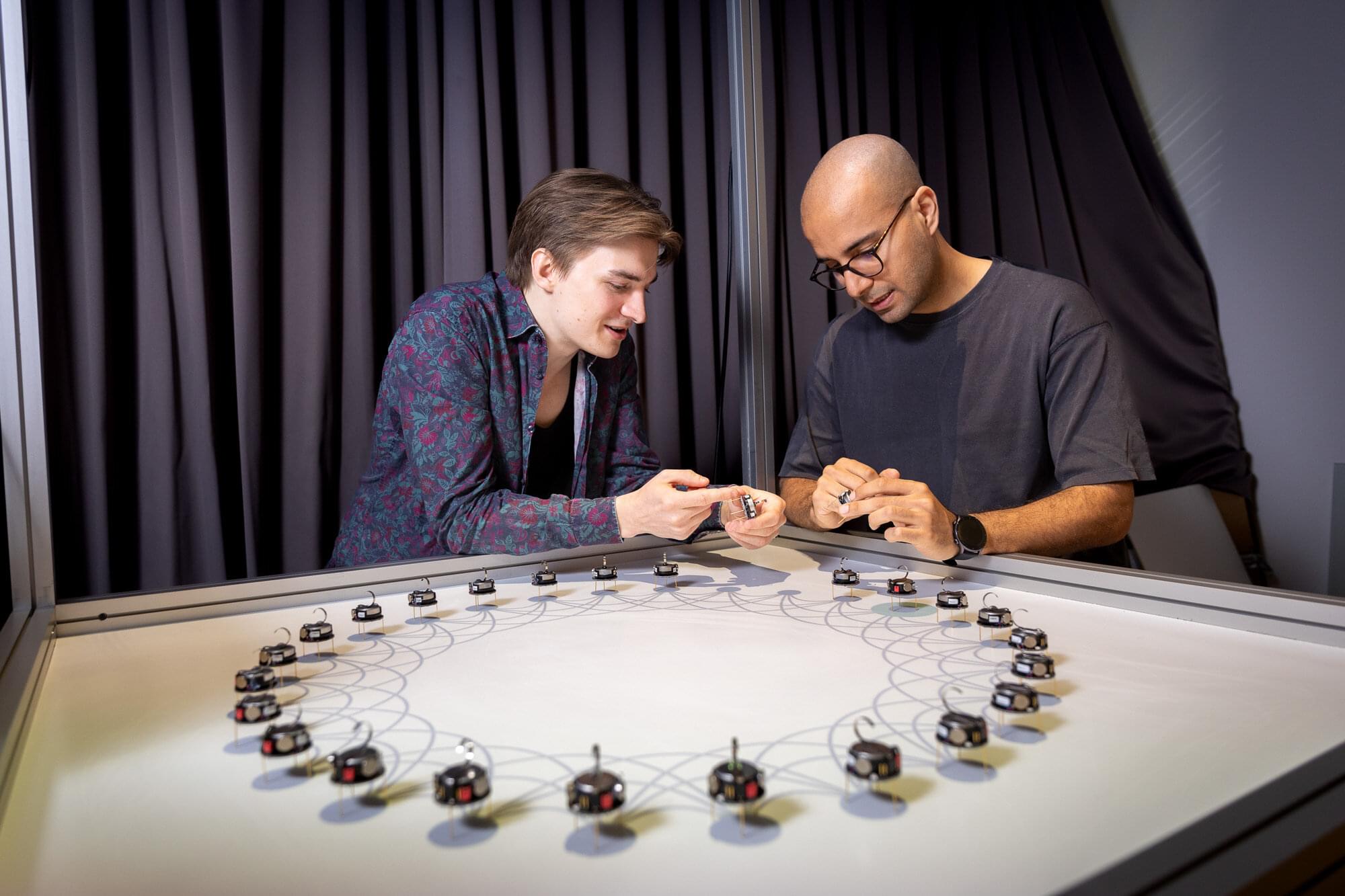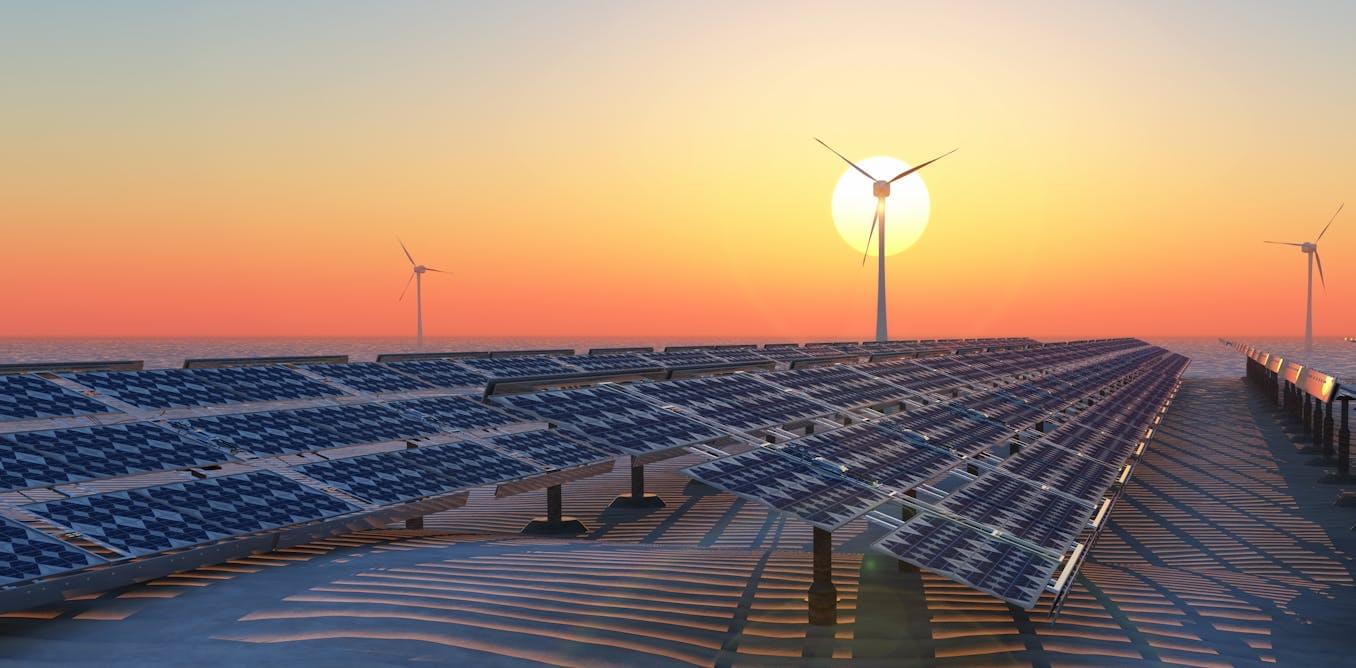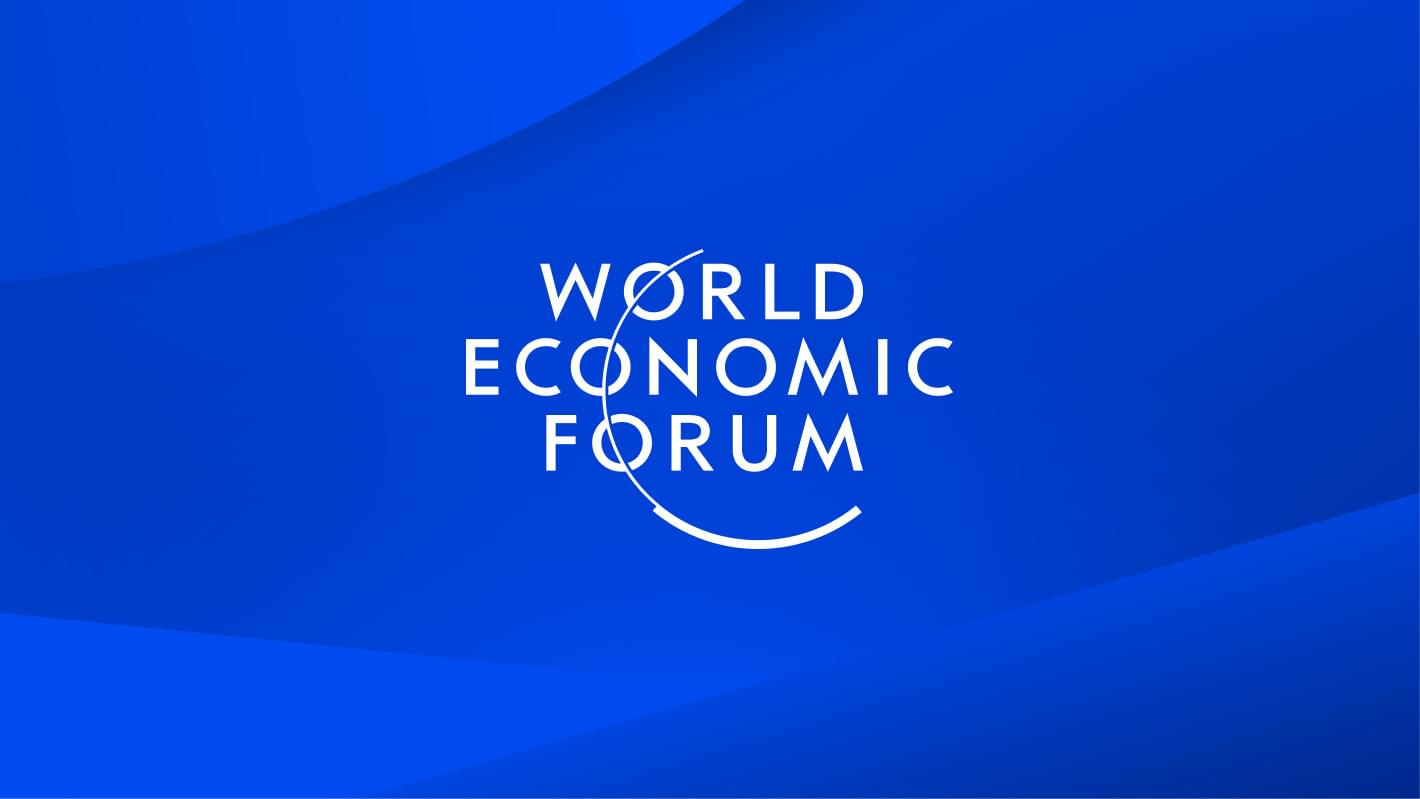The world-famous Atlas humanoid robot by Boston Dynamics is showing off its new look and capabilities.
According to the Massachusetts-based robotics leader, Atlas achieved its smooth movements and human-like walking gait with reinforcement learning and motion capture. Boston Dynamics released new demo footage as the company shared its progress at Nvidia’s GTC 2025 conference.
The AI-powered humanoid robot became a pop culture icon in the twenty tens. Viral videos showcasing its increasingly agile and human-like capabilities amazed and horrified millions of people. Others worried the AI robot would evolve to resent humanity for its harsh treatment from its creators.
Since becoming fully electric in 2024, Atlas has been more low-key, demonstrating industrial tasks rather than parkour.
Now it’s learning at an accelerated rate and it’s showing off. It has a new look, a more powerful brain, and it’s doing stunts again. But the humanoid robotics market is in a very different place, with dozens of firms, mostly from China and the United States, boasting new capabilities nearly every day.
Can Atlas come out ahead as it competes with Tesla, Figure AI, Agility Robotics and a growing array of Chinese firms racing to mass deploy their humanoids?
